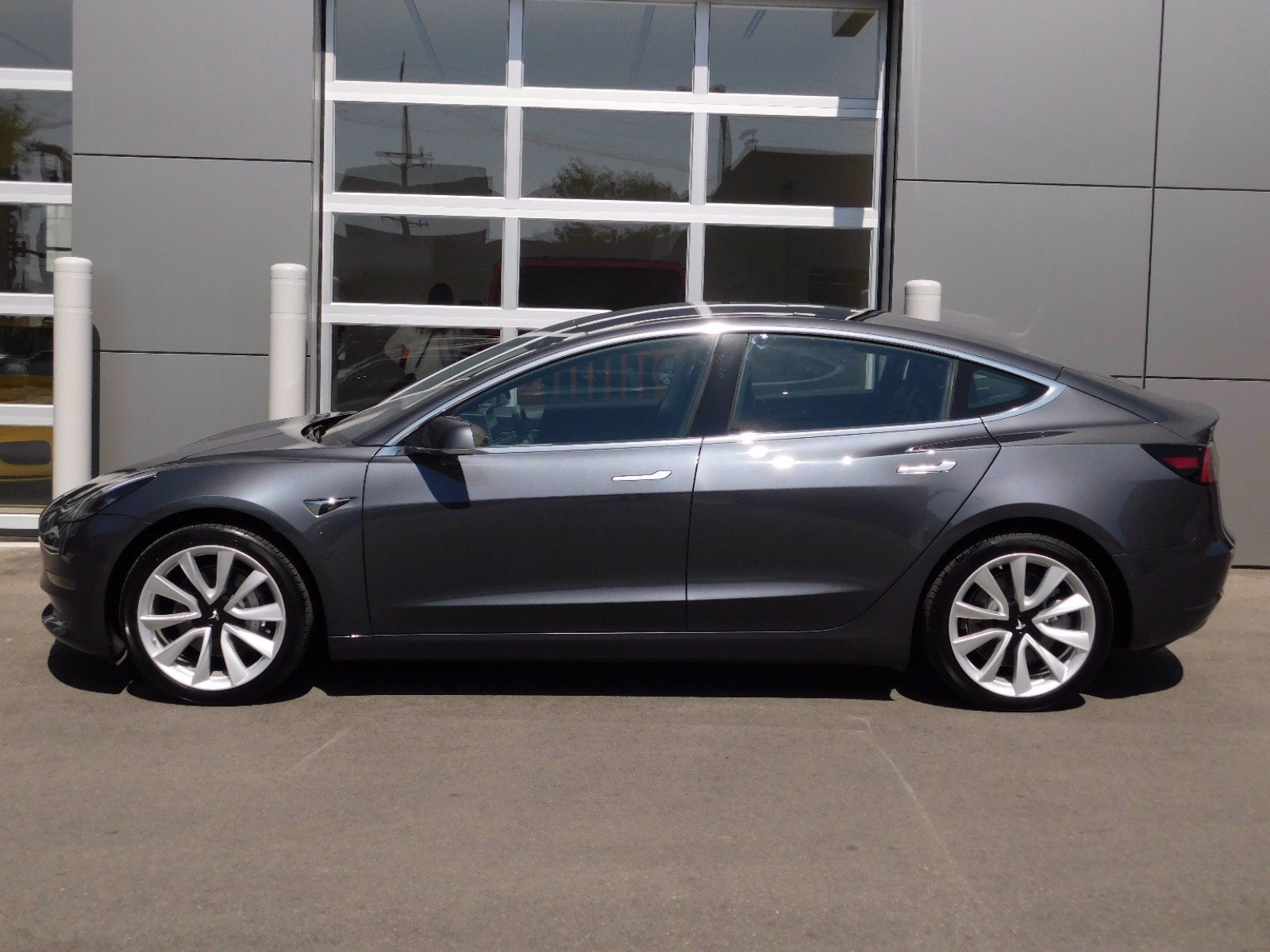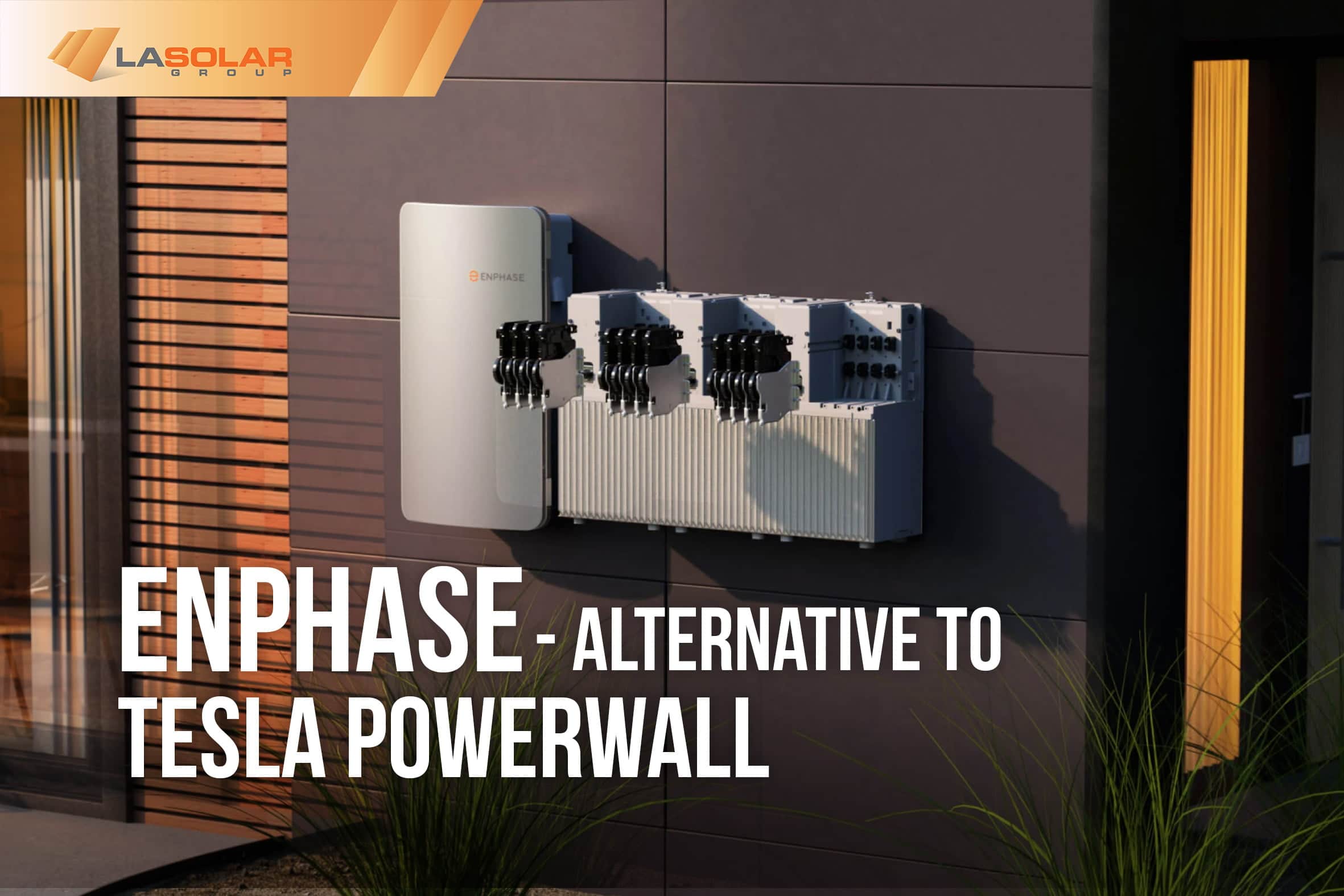

Given a delivery rate of about 35,000 cars for 2014, that equates to nearly $350 million that Panasonic will collect this year from selling cells to Tesla…and the number may grow to $1B in 2015.Īdding another estimated $5,000 for the cost of the electronic battery management systems, and one has a preliminary material (BOM) cost of $15,000 for a pack used in the Tesla Model S. This equates to a cost of approximately $10,000 for the cells used in the pack. I am assuming that the Tesla sourcing team is very influential in demanding attractive pricing from the cell manufacturer, Panasonic. Judging from my earlier post on cost trends, the estimated cost is about $1.50 for each 18650 cell. So the 18650 account for approximately 53% of the weight of the pack - the rest is due to electronics, cooling systems, wiring and safety. The weight of the entire battery pack is estimated by various sources to be 1,323 lb. The weight of all 6,912 cells comes out to be 318 kg or about 700 lbs. Panasonic specifies a weight of 46 g for each 18650.
#Tesla car battery overview full
The stack voltage is nominally 96 x 3.6 = 345 V, but would be as low as 310V when the pack is nearly empty, and 403 V if the battery is at 100% full (but Tesla does not recommend that you charge the battery to 100%). Our third observation is that the entire pack consists of 16 modules connected in series, therefore the overall architecture is 96s x 72p. Photograph showing the fuse wires connecting individual 18650 cells to the main bus.

A dead (i.e., empty) cell has a voltage near 3.2V. The owner measured the module voltage to be 19.63V when the battery was virtually dead. The nominal voltage of a NCA-based cell is 3.6V. The NCA-graphite architecture has a lower nominal voltage than the cobalt-oxide alloy commonly used in mobile devices. They use an anode made of graphite, and the cathode is made of NCA (nickel-cobalt-aluminum alloy). The individual cells are of the 18650 type, manufactured by Panasonic. Therefore, the first observation we can make is that there are a total of 16 x 432 cells = 6,912 cells.

One can diligently count a total of 432 individual cells in one single module.

A closer inspection of one individual module shows that it contains a number of 18650 cells, all sitting next to each other in a vertical position. This photograph shows a total of 16 sections, or modules, electrically connected together. Photograph of the battery pack for a Tesla Model S electric vehicle. The first photograph shows the entire pack with its top cover removed. The photographs that this owner has published are very telling and provide a great insight into the design of this pack. In other words, safety is of paramount importance in the design, assembly, and equally the teardown of a large battery pack of this size. The voltages at the terminals of the pack are high, and the currents can also be dangerously high. This offers a great peek into how Tesla designed this battery pack.įirst, it is very important to note that 85 kWh is a huge amount of energy. A colleague alerted me recently to an outstanding teardown activity that an owner of a Model S is performing on his battery pack. The battery pack in a Tesla S is a very sophisticated assembly of several thousands of small individual 18650 cells connected electrically in a series* and parallel† combination. So how does Tesla pack 85,000 W.h in the battery pack of the Tesla Model S? The answer is very carefully. A single lithium-ion 18650 cell is relatively small in size and in capacity.


 0 kommentar(er)
0 kommentar(er)
